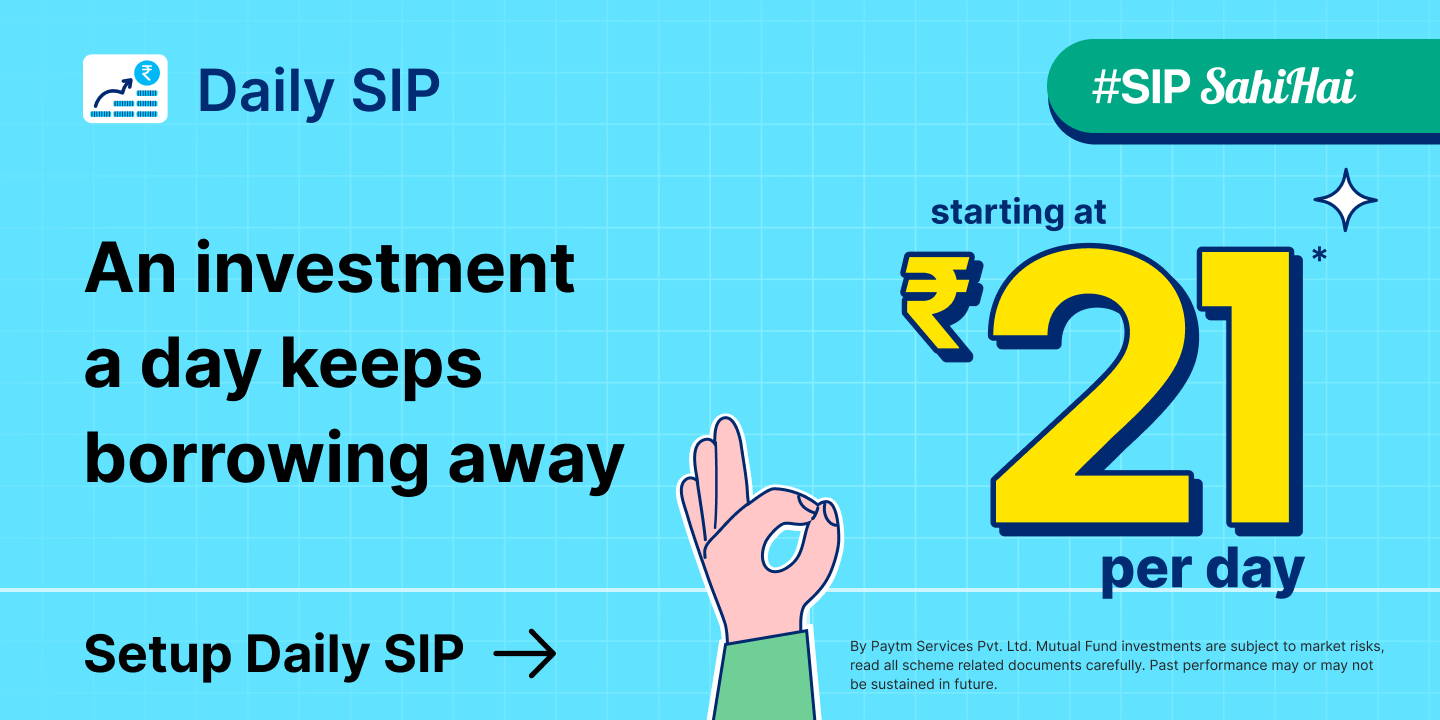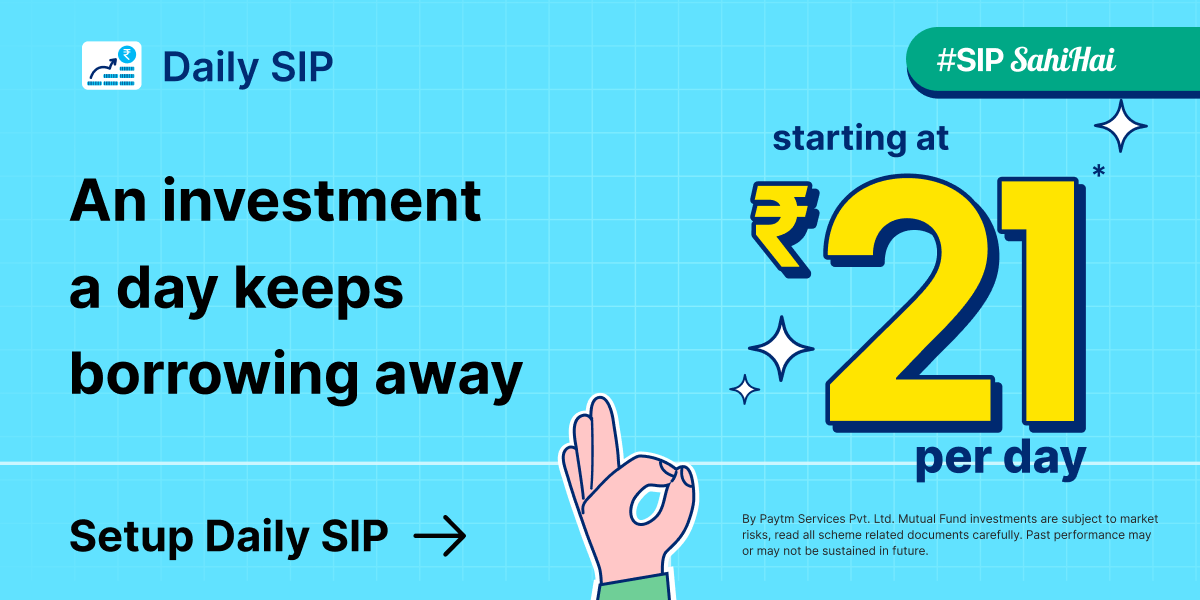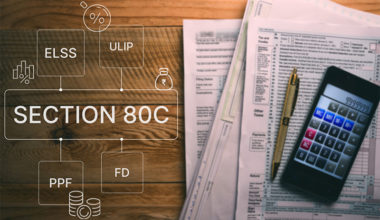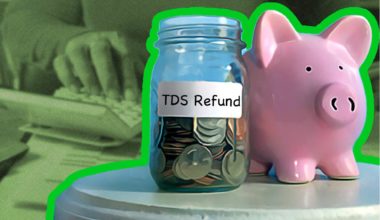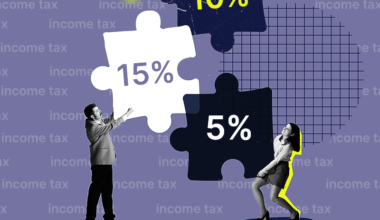Tax regimes play a crucial role in shaping an individual’s financial planning and overall tax liability. In recent years, the Indian tax system has undergone significant changes, with the introduction of a new tax regime aimed at simplifying the tax structure and enhancing compliance. While the new regime offers certain advantages, it is essential to carefully evaluate its implications and compare it with the old tax regime before making an informed decision.
In this blog post, we will explore the important points to consider before deciding the winner between the old tax regime and the new tax regime.
Old Tax vs New Tax Regime Key Considerations
- Understanding the Key Differences
Before diving into the specifics, it is crucial to understand the fundamental differences between the old and new tax regimes. The old tax regime allows for various deductions and exemptions, reducing the taxable income. In contrast, the new tax regime offers lower tax rates but eliminates many deductions and exemptions.
- Evaluate Your Eligibility
Consider your eligibility for both the old and new tax regimes. Assess factors such as your income sources, type of deductions you typically claim, and the overall impact on your tax liability under each regime. Depending on your financial situation, you may find that one regime is more advantageous for you.
- Compare Tax Slabs and Rates
Examine the tax slabs and rates under both regimes. The old regime offers multiple tax slabs with different rates, while the new regime offers lower tax rates but with limited deductions. Calculate your tax liability under each regime based on your income level to determine which one works better for you.
- Analyze Available Deductions and Exemptions
Evaluate the deductions and exemptions available under the old regime and assess their significance in reducing your tax liability. Compare them with the limited deductions available in the new regime. Consider common deductions like Section 80C (investments), Section 80D (medical insurance premiums), and Section 24 (home loan interest). Determine which regime allows you to maximize your tax savings.
- Assess Your Investment Choices
Take into account your investment choices and how they align with the tax benefits offered by each regime. Certain investments, like ELSS (Equity-Linked Saving Schemes) and NPS (National Pension Scheme), provide tax benefits under the old regime. Conversely, the new regime may favor investments with higher post-tax returns but limited tax benefits.
- Consider Income from Capital Gains
Evaluate the impact of capital gains on your tax liability. Long-term capital gains from equity investments are taxed differently under the two regimes. The old regime imposes a lower tax rate with indexation benefits, while the new regime levies a flat tax rate. Calculate the potential tax liability under both regimes based on your capital gains to make an informed decision.
- Factor in Other Tax-Related Aspects
Consider other tax-related aspects, such as the treatment of losses, deductions for house property, tax benefits for specific industries or sectors, and tax planning for specific life events (e.g., marriage, child education, retirement). Assess how these aspects differ under the old and new regimes and their impact on your overall tax planning.
- Consider Long-Term Implications
While short-term tax savings are important, also consider the long-term implications of your decision. Examine how the chosen regime aligns with your financial goals, investment strategies, and future tax planning. Make sure your decision is not solely based on immediate tax benefits but takes into account your overall financial objectives.
- Stay Updated and Reassess Periodically
Tax laws and regimes can change over time. Stay updated with any modifications or amendments introduced by the government. Periodically reassess your tax planning strategies and evaluate whether a switch between the old and new regimes would be beneficial in light of the changing circumstances.
- Consult with Tax Professionals
Seek advice from tax professionals or financial advisors who have expertise in tax planning. They can analyze your specific financial situation, evaluate the pros and cons of each regime, and provide personalized recommendations tailored to your needs. Their insights can help you make an informed decision and optimize your tax planning strategy.
Also Read: New Income Tax Slab Rates for FY 2023-24
Conclusion
Choosing between the old tax regime and the new tax regime requires careful evaluation and consideration of various factors. Assess your eligibility, compare tax slabs and rates, analyze available deductions and exemptions, evaluate your investment choices, factor in capital gains, consider other tax-related aspects, consult professionals, and think about the long-term implications. By going through this checklist, you can make an informed decision that aligns with your financial goals and optimizes your tax planning strategy. Remember, periodic reassessment and staying updated with evolving tax laws will help you adapt your tax planning strategy effectively.



